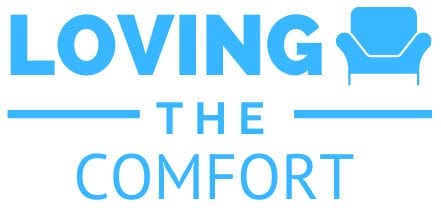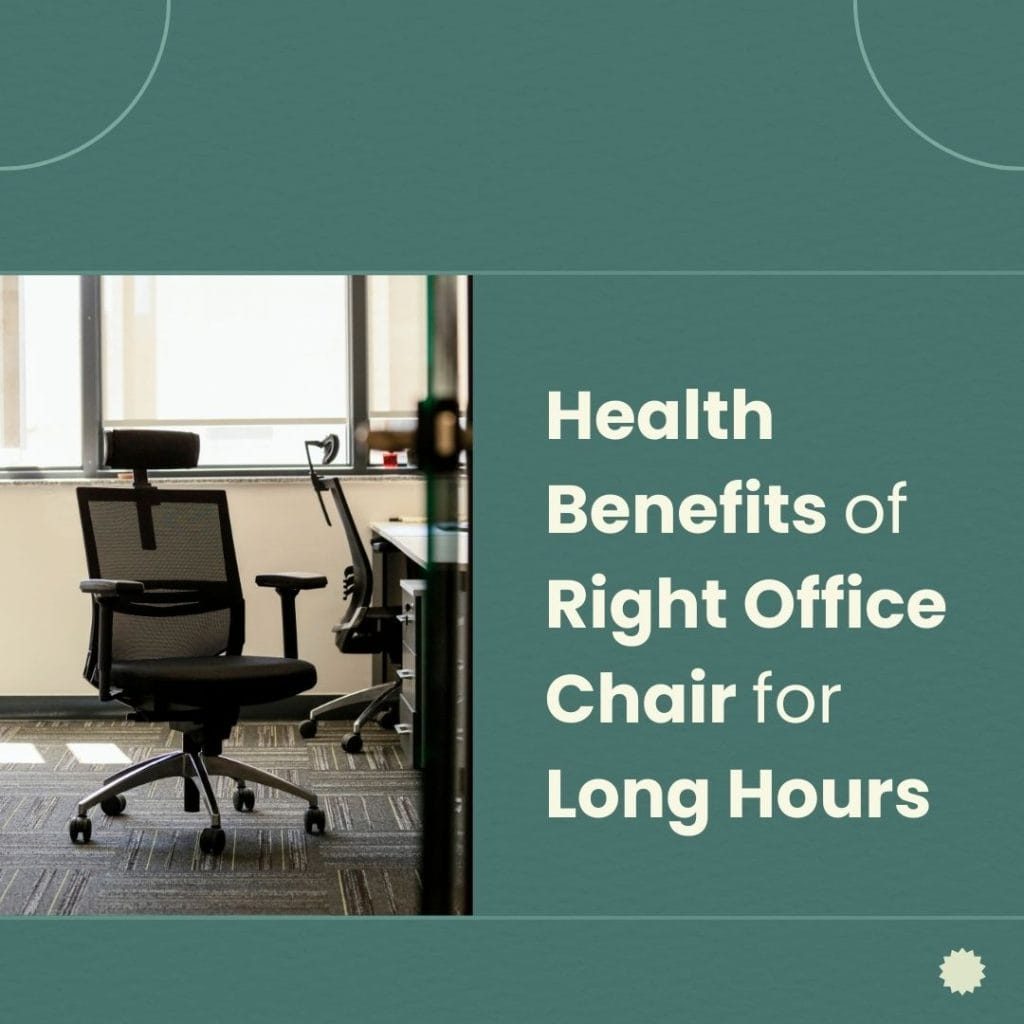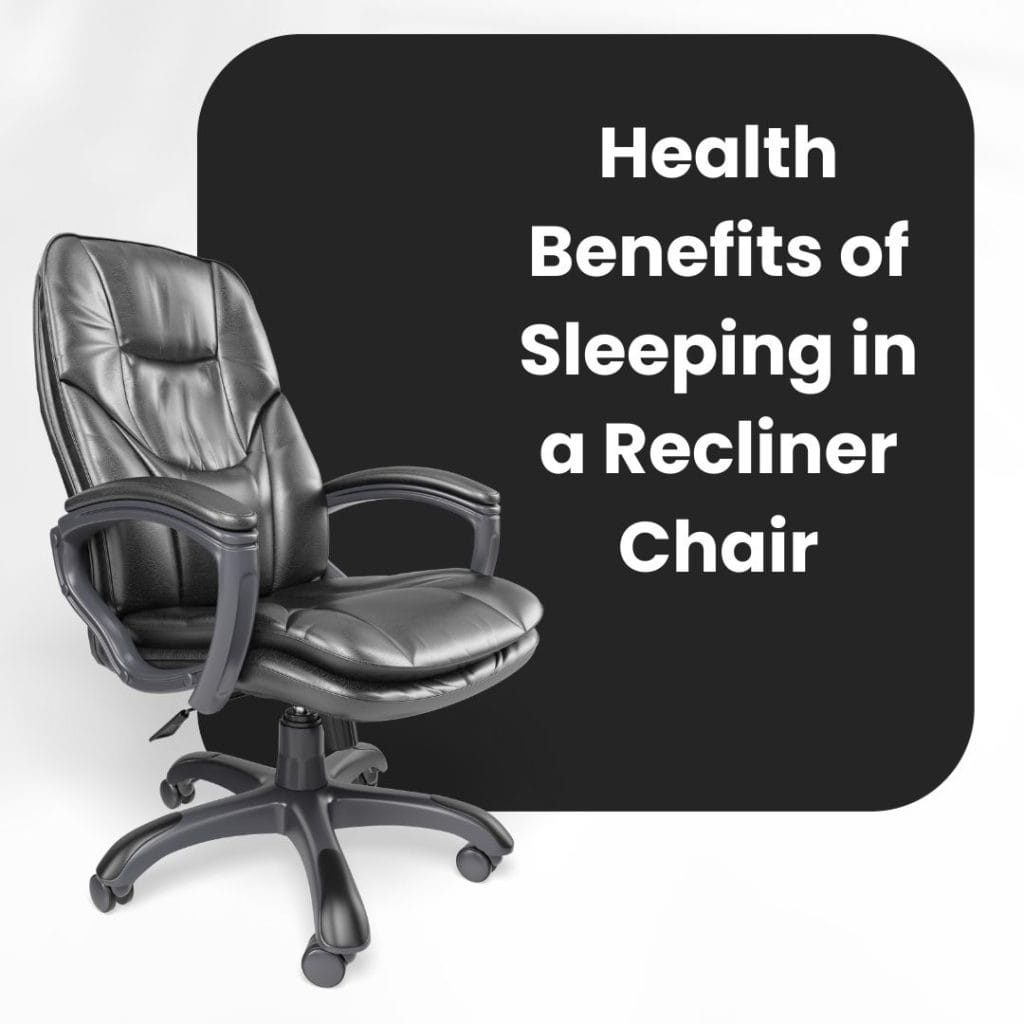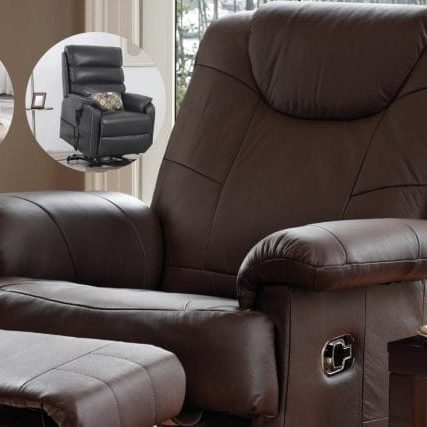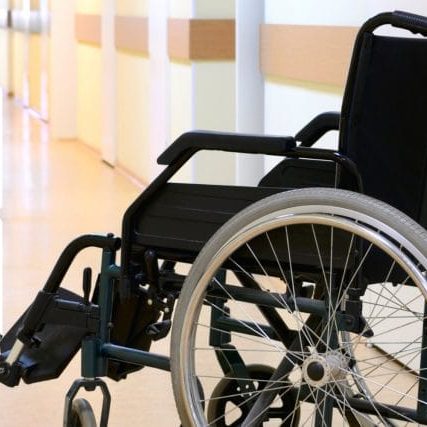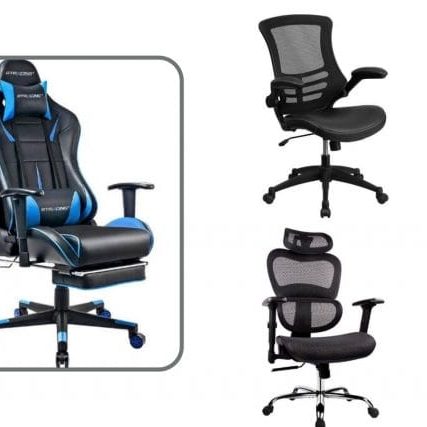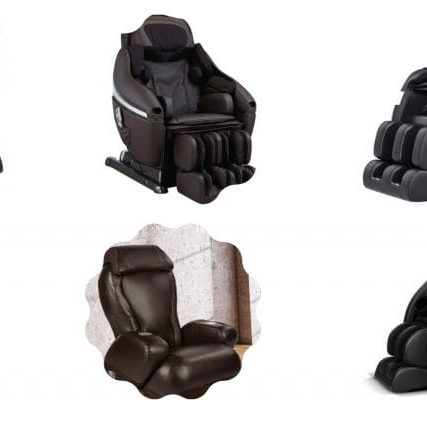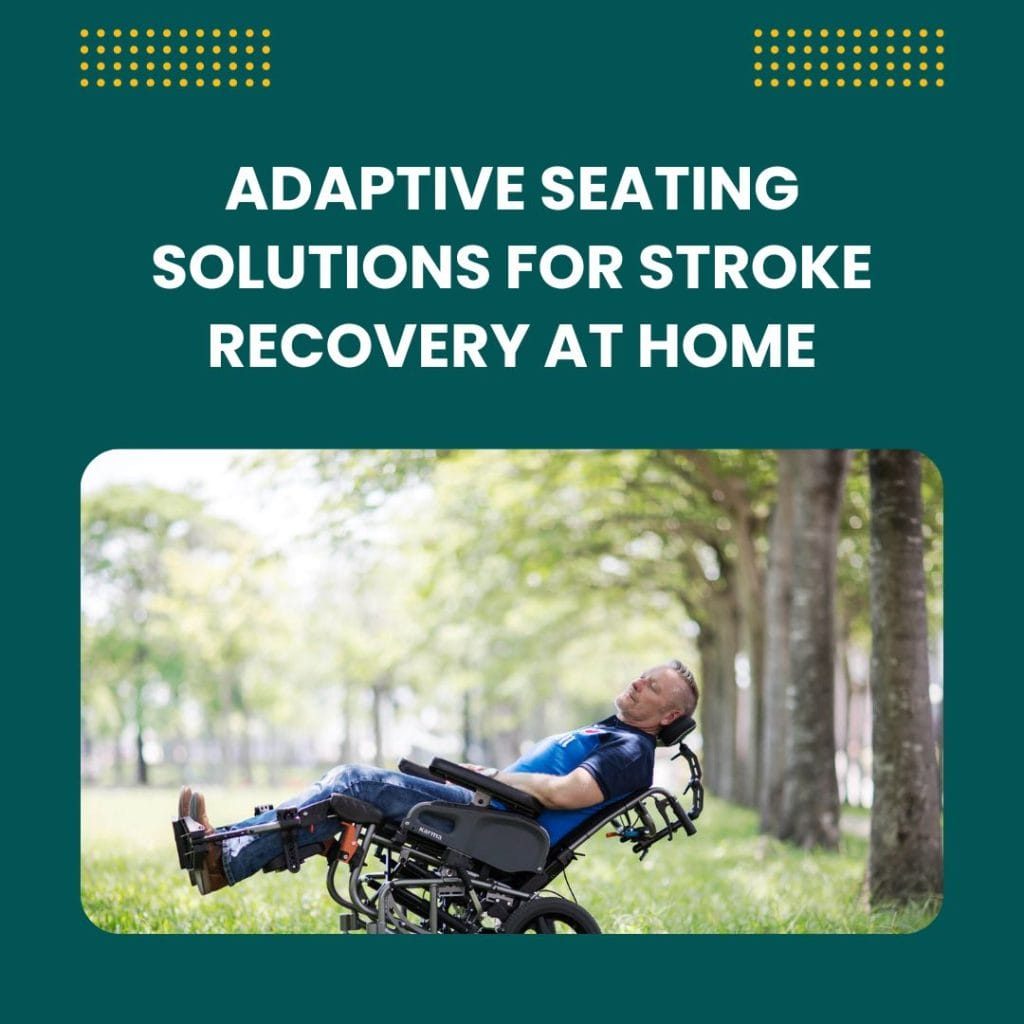A stroke, medically referred to as a cerebrovascular accident, is a life-altering event that occurs when blood flow to a part of the brain is hindered or blocked, resulting in the death of brain cells. The physical and cognitive impairments that result from a stroke can be profound and long-lasting. However, stroke recovery is a time of healing and adaptation. Individuals can embark on a successful journey toward regaining their independence with the right approach, resources, and dedication. Among the crucial resources for effective stroke recovery at home are adaptive seating solutions designed to provide comfort, improve mobility, and aid the patient’s overall recovery.
Importance of Adaptive Seating in Stroke Recovery
Enhancing comfort is a key aspect of adaptive seating solutions. Post-stroke, patients may experience physical discomfort due to muscle weakness, sensory changes, or potential loss of control over body movements. Adaptive seating, designed with adjustable features, provides the necessary support to alleviate these issues. High-quality cushioning helps to prevent pressure sores and enhance posture, while features like adjustable backrests, headrests, and armrests ensure personalized comfort. The goal is to create a supportive environment that aids relaxation, promotes healing, and makes daily living more manageable for the patient.
Facilitating Rehabilitation Exercises through Adaptive Seating
In addition to providing comfort, adaptive seating solutions can also play a significant role in facilitating rehabilitative exercises at home. Stroke survivors often embark on various physical therapy routines to regain strength, improve balance, and enhance coordination. Suitable adaptive seating can be a valuable tool in this regard, helping to make these exercises safer and more effective. For example, chairs with adjustable heights can practice standing and sitting exercises, while those with removable armrests can facilitate range-of-motion and stretching exercises. Moreover, some adaptive seats come equipped with exercise aids, such as resistance bands or pedal exercisers, further promoting active recovery. By integrating practice into daily living, these seating solutions can contribute to a more efficient and productive recovery journey.
Different Types of Adaptive Seating Solutions
Let’s delve into the various adaptive seating solutions that can cater to the diverse needs of stroke survivors during their recovery period at home.
Specialized Chairs
Specialized chairs are designed with features tailored to the needs of stroke survivors. These chairs often include adjustable heights, removable armrests, and high-quality cushioning to provide optimal support and comfort. They can also be equipped with exercise aids, like resistance bands or pedal exercisers, to facilitate physical rehabilitation. Lastly, specialized chairs usually incorporate safety elements, such as locking wheels and sturdy construction, to ensure stability and prevent accidents.
Adaptive Cushions
Adaptive cushions offer enhanced comfort and support by conforming to the user’s body shape and reducing pressure points. They are often made from memory foam or gel, providing optimal pressure distribution and relief. Furthermore, they can be used with specialized chairs or standard seating options, improving posture and facilitating safer and more comfortable sitting for stroke survivors.
Conclusion: The Impact of Adaptive Seating on Quality of Life Post-Stroke
In conclusion, adaptive seating solutions play an invaluable role in post-stroke recovery. They not only enhance comfort and facilitate physical rehabilitation exercises but also significantly improve the quality of life for stroke survivors. By providing tailored support that caters to individual needs, these seating solutions enable patients to reclaim their independence and engage in daily activities with greater ease and safety. Investing in adaptive seating is therefore not just an investment in furniture but in promoting a more comfortable, productive, and dignified journey towards recovery and renewed independence.
